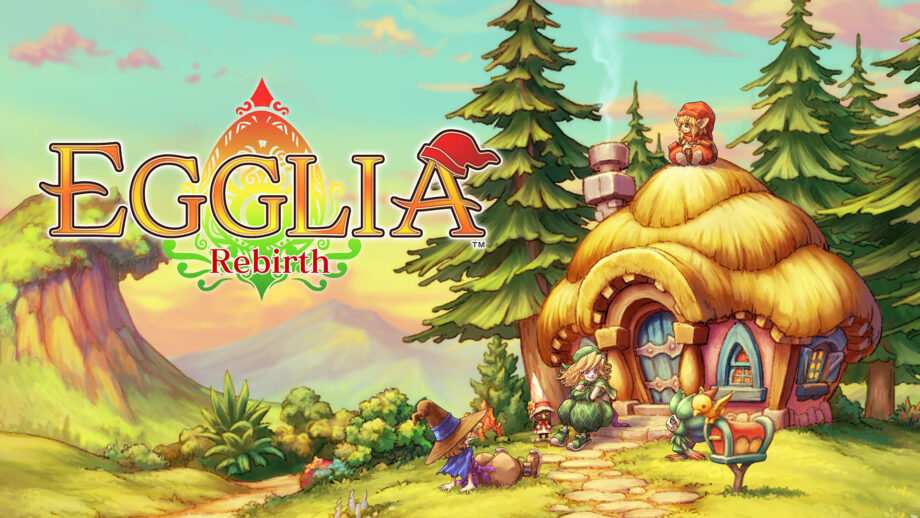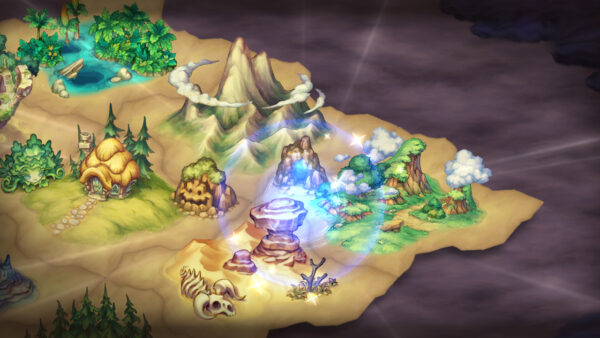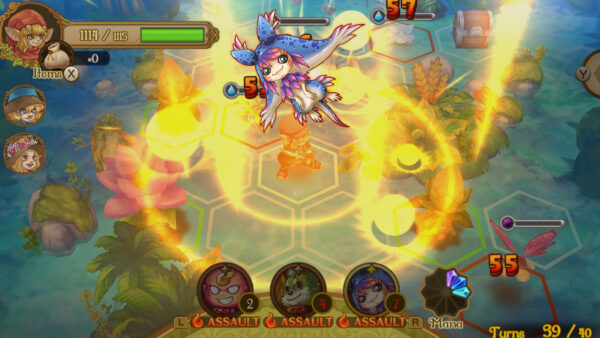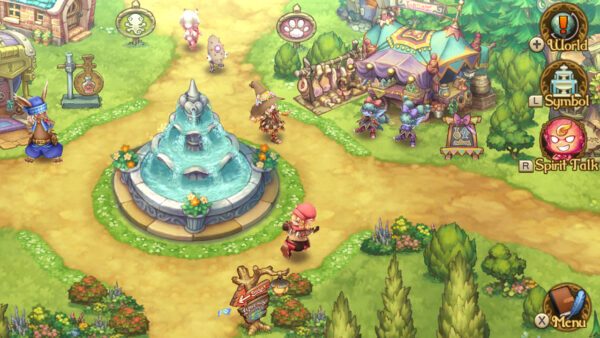
One of the most inventive RPGs on the Switch right now is the Legend of Mana remaster, which is the best way to play that classic game. It had some truly unique ideas for how RPGs could function, and while there was no official direct sequel to that style, there are games influenced by it. Egglia: Rebirth is one such game, and recently saw a release on the Switch after a run on mobile devices, and even was worked on by some of the team who worked on the Mana series.
The game is set in a world sealed inside a magic egg and is a mix of two distinct styles of gameplay, world-building, and grid-based RPG combat. There is also a touch here that truly brings to mind Legend of Man, and that is gaining new eggs and placing them on the world map to access new areas, like with the artifacts in Legend of Mana. And just like in that game, placing an egg in certain terrains will actually open up hidden areas, which means a lot of experimentation is needed to find everything.

The grid-style combat functions well for the most part, and there is a lot of strategy involved in how to go about things. For instance, do you go after a chest to get an item or go after the enemy to get more XP? The issue, however, is that movement is dependent on dice rolls and these must be factored into the battles.
There are a limited number of times you can roll the dice, and you may end up next to an obstacle or an enemy. You can roll again for a chance to retreat, but this takes up one of the roles, as does going after an enemy or chest. Defeating enemies will give you XP to level up but making your way to a goal is a lot more important.
Another factor in battles is that the hub world lets you find spirits who can be brought into battle with you. These spirits will give you elemental attacks to use on enemies, and can even heal you, but these abilities cost mana to use. And there is also the fact that some areas you find yourself in will have extra missions, such as chopping down trees for rewards.

These missions are tied to the world-building part of the game, where the hub world slowly grows, and more residents come to town and give you missions. This area can be explored freely with no limitations on movement, and you can build your own home here. There is a catch to all this, as while you can do stuff like plant seeds to get new items, these grow on a time set in real-time which was a holdover from the mobile version.
Fortunately, there are no microtransactions and the timer can be sped up with items gained in-game, but it is an odd choice. Some of the changes from the mobile game are strange such as the lack of a touch screen option, but some work out well. There are a lot of new missions, events and characters that were not in the original game for instance, but the retaining of mobile elements is still odd.

The game does have an issue in that the controls are a bit too loose, especially on the grid-based combat sections, although the game does have the option of letting you see the full battlefield to plan what to do. The only other issue is that the music, while somewhat decent, loops far too much to be enjoyable. What does stand out as amazing though is the artwork, which was done by some of the team who worked on Legend of Mana and looks absolutely amazing.
Egglia: Rebirth is not a perfect game and retains some issues from its original life as a mobile title. Still, it is a fun experience and there are good points. This is definitely one worth exploring if you want an experience influenced by the classics.
Disclaimer: A review key was provided
Images were taken from Nintendo.com

